The United Kindgom is full of great history, but have you ever wondered what cat breeds originated there? Some breeds might surprise you, while others will be a bit more obvious. If you’re looking to get a little more cat geographical history in your brain, check out this list!
#1 – Asian Cat
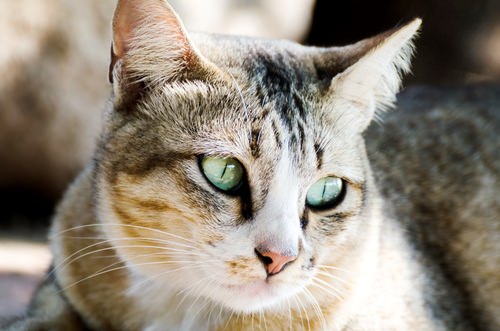
The Asian Cat wasn’t developed in Asia at all, but comes from the United Kingdom. Also called the Malayan, the breed has developed from the first litter in 1981 into a beautiful cat with an affectionate temperament.
Click page 2 below for the next breed!
#2 – British Shorthair

The British Shorthair is an iconic cat in Great Britain and has been used in various pop-culture arts, including the famous Cheshire Cat from Alice’s Adventures in Wonderland. Most commonly seen in the British-blue color, they can come in a variety of coat colors. The breed’s ancestors date back to the first century AD and they have grown into an affectionate, easy-going housecat.
#3 – British Longhair

This breed is the long-haired variety of the British Shorthair but is recognized as a separate breed entirely. It’s thought that it was originally crossed with long-coated cats from Turkey. These cats are easy-going, make excellent companions and are typically less active than many other breeds.
#4 – Burmilla

Created by breeding Chinchilla Persians and Burmese in 1981, the Burmilla is a beautiful medium-coated cat from Great Britain. The initial litter was an accidental breeding, but by 1984 a breed standard was developed and they were accepted into the UK cat fancy by the 1990s. They are very social and playful cats that are known for keeping their kitten-like temperaments well into adulthood.
#5 – Cornish Rex

The Cornish Rex is unique in that it does not have an outer coat but only a soft, down-like undercoat. The first Cornish Rex came from a natural genetic mutation to a litter of kittens in the United Kingdom in the 1950s. They are very playful and energetic cats, referred to as the Greyhound of the cat world.
#6 – Cymric

The Cymric is a long-coated version of the Manx cat, developed on the Isle of Man. Their lack of a tail is the result of a random genetic mutation among the domesticated cats on the island. This makes the Cymric a naturally occurring breed until enthusiasts started intentionally breeding toward a standard.
#7 – Devon Rex
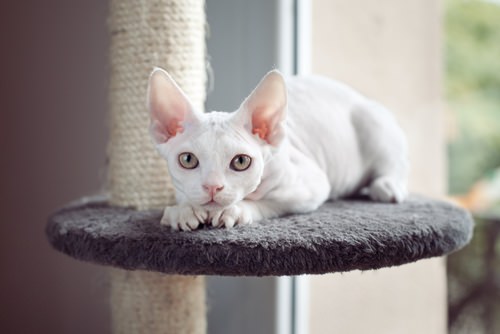
The Devon Rex is a wavy-coated cat coming from England. Although they appear similar to the Cornish Rex, the breeds are unrelated. The first Devon Rex was a natural mutation discovered in 1960 among a stray litter. They are very social and playful cats that make great family companions.
#8 – Havana Brown

The Havana Brown doesn’t come from Cuba at all, but was created in England in the 1950s by fanciers crossing Siamese and domestic black cats. By breeding cats that carried the gene for the dark, chestnut colored coats, they were able to create full litters of the beautiful dark brown cats. They are very people-oriented cats that become attached to their families.
#9 – Manx

The Manx is a tailless cat from the Isle of Man that is the result of a naturally occurring mutation in the island’s domestic cat population. This is the short-coated version of the Cymric and is considered a separate breed entirely. The Manx was first documented in the early 19th century.
#10 – Scottish Fold
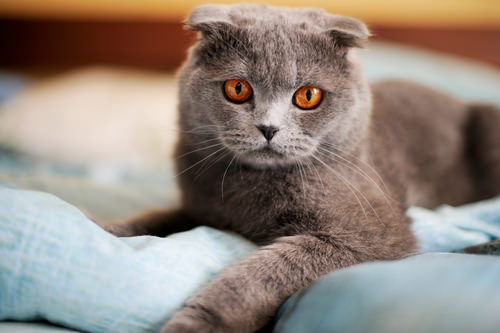
As its name suggests, the Scottish Fold comes from Scotland and is recognized by it’s folded ears, although not all specimens of the breed have this mutation. The first folded cat, named Susie, was produced in 1961 and was the result of a natural mutation. When Susie had kittens, two of them had the same folded ears. In fact, all Scottish Folds share a common ancestry back to Susie.
#11 – Tiffany
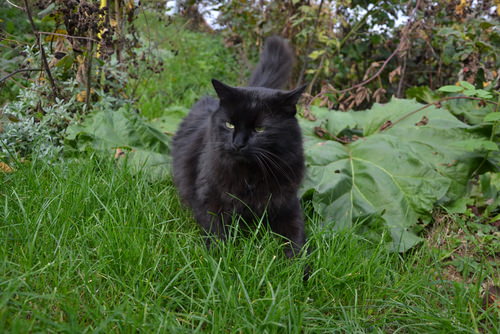
The Tiffany is the long-coated version of the Asian Cat and often called the Asian Semi-Longhair. It is recognized as a separate breed entirely, despite its similar ancestry. The long-haired cats were developed in the United Kingdom in the 1980s. They are an affectionate and active breed.
#12 – Turkish Van
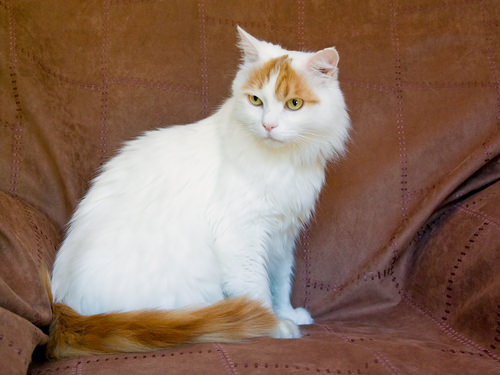
The Turkish Van’s ancestors come from Turkey but the breed was created and developed in the United Kingdom in the 1950s. They are unique, long-coated cats with a certain spotting pattern that is intentionally bred for. They are known for being excellent hunters and very affectionate cats.
